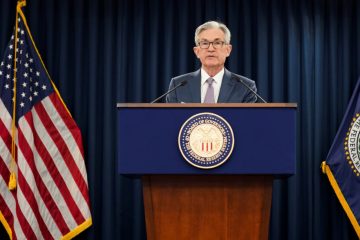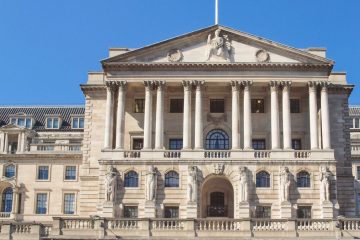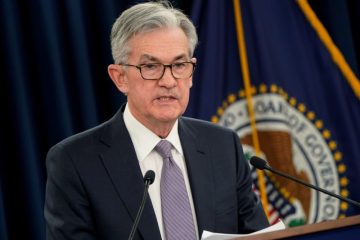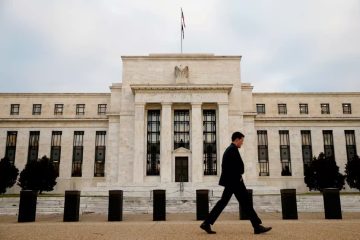At last, a Fed rate reduction is possible
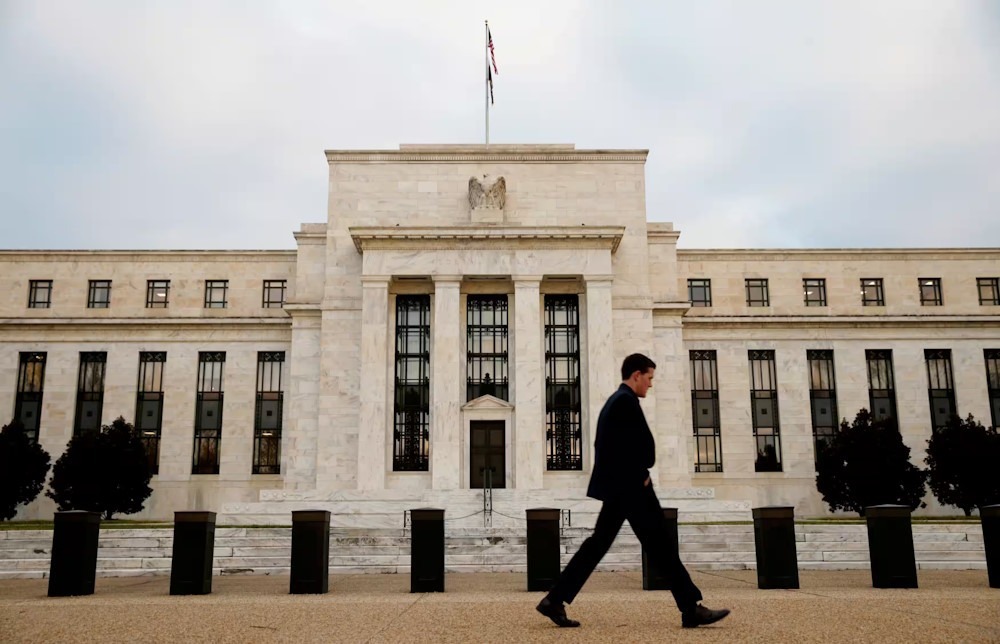
The possibility of a Federal Reserve interest rate reduction is now becoming visible. Although it is unlikely that Federal Reserve officials would adjust interest rates in the upcoming week, their meeting will still be highly significant.
Interest-rate decreases have been deferred at each of its four meetings this year. However, due to inflation and labor-market trends, policymakers should be able to indicate that a reduction is highly likely at their upcoming meeting in September.
The upcoming meeting, concluding on Wednesday, may finally address the dilemma that Chair Jerome Powell has been deliberating on regarding the trade-off between the dangers of premature rate cuts and delaying action, potentially favoring a more prompt response.
Officials are unlikely to give a rate decrease this time, despite the increasing justification for one, because it would be the first reduction in a series aimed at readjusting rates to a lower level. Officials have previously been caught off guard by inflation and now require additional evidence that it is genuinely decreasing before considering a reduction in interest rates.
However, officials have become increasingly cautious about delaying too much and jeopardizing a gentle economic transition. Powell expressed concern to lawmakers this month about the challenge of reducing inflation to the Federal Reserve’s target of 2% while also ensuring a strong labor market, stating that it is the primary issue that causes him sleepless nights.
During a recent interview, John Williams, the President of the New York Federal Reserve, indicated that a decrease in July was not necessary. He stated that policymakers would gain valuable insights between July and September and highlighted the strong recent economic performance. However, he emphasized that there is a forthcoming decision to be made regarding how to effectively reduce interest rates in a manner that minimizes the restrictiveness of the policy.
The Federal Reserve’s recent willingness to decrease interest rates can be attributed to three key factors: positive developments in inflation, indications of a slowdown in labor markets, and a shift in the evaluation of the potential dangers associated with maintaining high inflation versus inducing unnecessary economic fragility.
In June, the measure of underlying inflation, which does not include food and energy prices, decreased to 2.6% from 4.3% one year ago and a high of 5.6% two years ago. Williams stated that the fall has been widespread and disregarded worries that achieving the Fed’s 2% goal would be exceptionally challenging.
“The story does not primarily focus on the ‘last mile’ or any specific challenging aspect,” Williams stated. Various inflation indicators are continually going in the desired direction.
Last year, inflation decreased despite strong economic growth due to the alleviation of labor and product market constraints. Powell has often cautioned that delaying rate cuts until inflation reaches 2% is likely to be a tardy response, as price indicators tend to reflect economic changes with a delay.
The unemployment rate has increased this year, rising from 3.7% at the end of last year to 4.1% in June. This rise can be attributed to a slowdown in hiring and a longer duration for new workers or those re-entering the labor to secure employment. This restricts the capacity of workers to pursue substantial salary increases that could support elevated levels of inflation.
Powell’s recent remark that the labor market does not contribute to widespread inflationary pressures indicates that a significant concern about the possibility of an inflation surge has diminished.
Two years ago, Federal Reserve officials contended that the labor market was sufficiently imbalanced that corporations may react to increased interest rates and reduced demand by eliminating job openings instead of terminating people. Thus far, that is the sequence of events that has occurred.
“Currently, the labor market is in an advantageous position,” stated Federal Reserve governor Christopher Waller, a prominent proponent of this viewpoint, at a recent speech. “It is crucial to maintain the labor market in this optimal position.”
The aforementioned research projected that the decline in the labor market would only be painless for a limited period of time. Eventually, the conventional trade-offs between reduced labor demand and increased unemployment would resurface.
“If you have indeed reached this point, which was previously considered a highly unconventional and non-consensus path, then it is indeed desirable to successfully conclude the endeavor,” stated Richard Clarida, a former vice chair of the Federal Reserve.
Revising risk-management calculations
As inflation starts to increase again and the labor market slows down, officials at the Federal Reserve are confronted with a change in the trade-offs they often refer to as risk management. This essentially means they have to decide which problem is more difficult to address: moderately high inflation or increasing unemployment.
The Federal Reserve was tardy in increasing interest rates two years ago, partly due to its erroneous assessment that inflation would swiftly diminish. In order to rectify the error, the Federal Reserve had to swiftly increase interest rates from their previous low level in 2022 to approximately 5.3% by July 2023, marking the highest rate in almost twenty years. San Francisco Fed President Mary Daly emphasized the importance of avoiding excessive confidence in one’s own perspective, as it increases the likelihood of making errors.
The Federal Reserve anticipates that there will not be a significant decline in demand or employment in the upcoming months. However, in the event that this prediction is incorrect, the Federal Reserve may not be able to promptly reduce interest rates in order to prevent a recession. “If you delay in reducing interest rates when the labor market begins to decline, it becomes extremely difficult to recover from that setback.” “It is fundamentally different” from the delayed initiation of interest rate hikes two years ago, stated Daly.
A number of officials have presented a preview of the arguments they are likely to employ in order to convince their colleagues that it is necessary to reduce or eliminate something. “We established this rate during a period of inflation exceeding 4%, and currently, inflation stands at approximately 2.5%.” “That suggests that we have significantly restricted our policies since we have maintained this level,” stated Chicago Fed President Austan Goolsbee during an interview. “You desire to maintain this level of restriction only for the necessary duration, and in my opinion, the economy does not appear to be experiencing excessive growth.”
However, some officials, including Daly, have expressed their belief that they can afford to allocate a bit more time, emphasizing the delicate and risky nature of their decision-making process. Despite the recent improvement in inflation numbers, Daly stated at a conference this month that we have not yet achieved price stability. She stated that history cautions against taking preemptive or hasty action when there is no actual need for haste.

